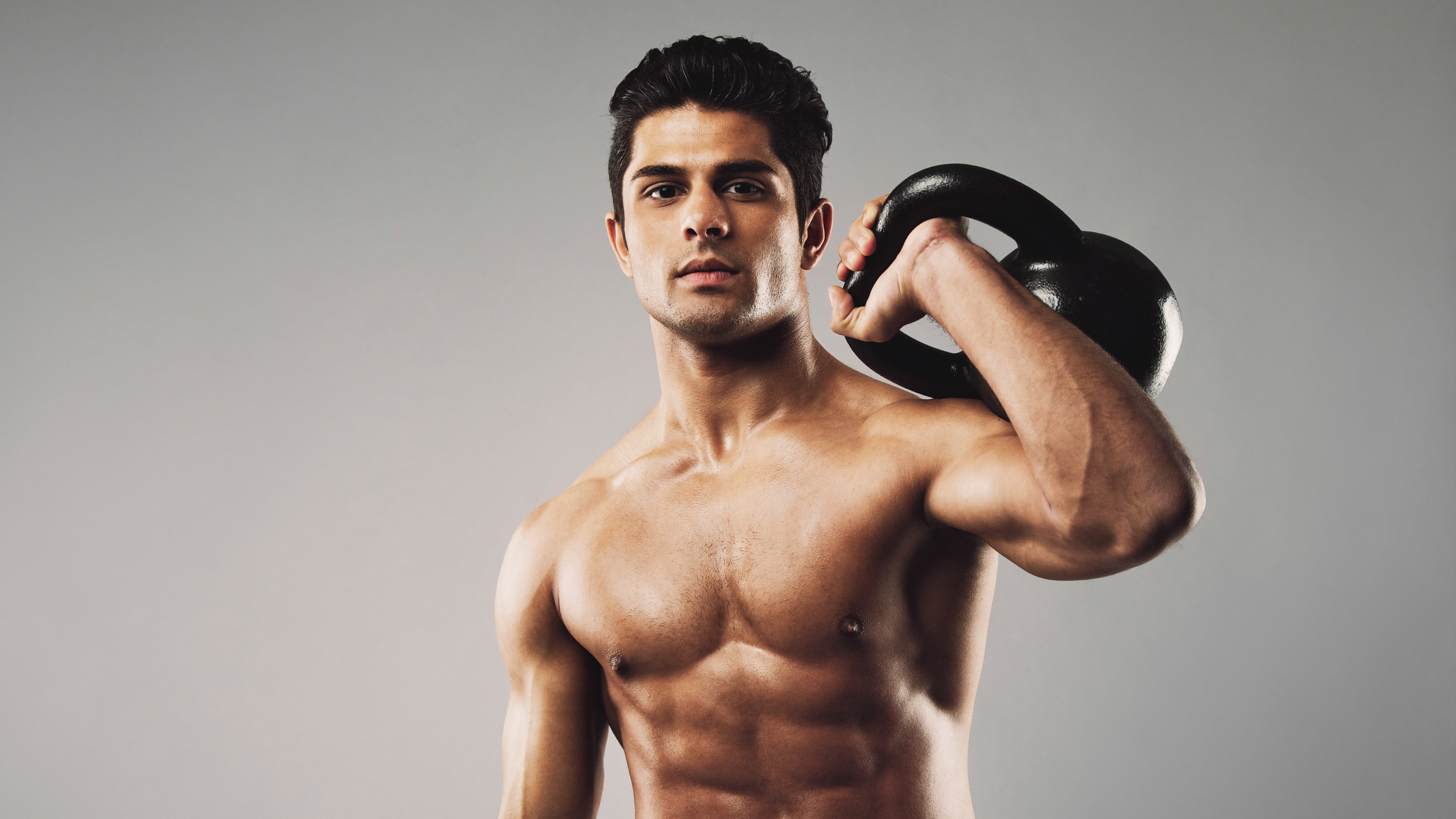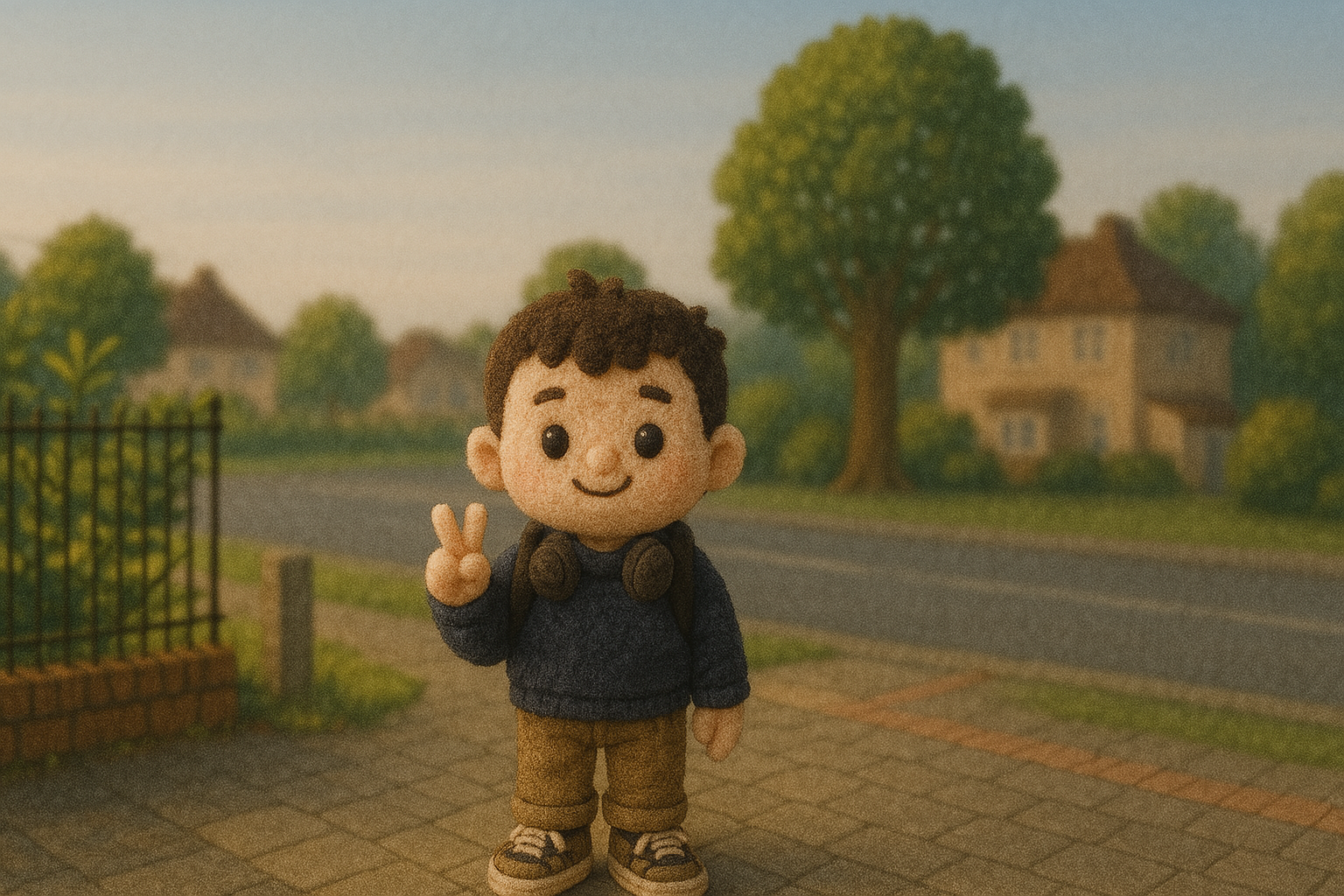Forget tricep dips — I did kettlebell skull crushers for a week, here's what happened
The clue is in the name with this triceps exercise — do it right or don’t do it at all

I’d never tried the kettlebell skull crusher until my editor suggested it as a challenge. “Sure,” I replied casually, “sounds perfectly safe and normal, and just the sort of thing that appeals to a daredevil such as myself.” And off I went, whistling nervously.
What is it?
The kettlebell skull crusher is a form of a lying triceps extension, but that’s not nearly as eye-catching a term and it doesn’t carry the whiff of danger. It is, however, more accurate. Reassuringly, the skull crusher has nothing to do with caving in your head; it is, rather, a warning — or a lure — ingeniously built into a name. It involves bringing a weight down toward your head from a height. Done properly, it’s a perfectly safe exercise.
Whether performed with a kettlebell, dumbbell, or barbell, the skull crusher is an isolation exercise that targets the triceps, the three-part muscle on the underside of the arm that is primarily responsible for straightening the arm; it also helps to stabilize the shoulder joint. And if you want bigger upper arms, you need to work on your unassuming triceps as well as your posturing biceps. It’s that simple.
How to do kettlebell skull crushers
Here's how to do kettlebell skull crushers with perfect form:
- Lie on your back with your knees bent and your feet flat on the floor. Engage your core so your lower back doesn’t arch as the ease through the move.
- Hold a kettlebell by the horns (the two sides of the handle) straight up over your head, wrists in line with your arms. It is vital that you choose a weight you’re comfortable with, not one you think is impressive. Start light so you know you can safely and repeatedly lower and raise the weight.
- Bend your elbows to slowly lower the kettlebell toward your head, but not — and I cannot stress this enough — onto it. The weight should end up at a point just behind the top of your head. Only your lower arms should be moving. Your upper arms should remain close to the sides of your head and pointing straight up, or as close to vertical as you can. When your elbows are at an angle of 90 degrees, slowly straighten your arms to return to start position. That’s one rep. Aim for three sets of 10 to begin with.
I did skull crushers every day for a week — here’s what happened
I was immediately suspicious of this move, if only because of the silly name. Skull crusher sounded like a cartoon villain but also seemed to be trying way too hard to come across as risky: Don’t do this exercise unless you like living on the edge! It’s crazy!
For most of the week I used a dumbbell to do the move, because I don’t have a set of kettlebells at home. With the dumbbell, I could adjust the weight to ensure I wasn’t overdoing things and risking a flattened forehead: 18lb was about right for me. When I did get to the gym, I used a 20lb kettlebell, but the result was the same: This move just didn’t do it for me.
Worth the weight?
On the first day, I did three sets of 15, holding tight on each side of the dumbbell as I brought it down. You might be tempted to lower the weight further away from your head than is called for, because watching it come closer and closer may feel disconcerting. But if you do this, your upper arms will be at an angle, which will place pressure on your shoulders as you take the weight behind your head. It’s also worth noting that this move puts pressure on your elbows, so if this is a problem area for you, talk to your doctor before trying it.
Sign up to get the BEST of Tom's Guide direct to your inbox.
Get instant access to breaking news, the hottest reviews, great deals and helpful tips.
As the days went by, I increased the reps to 20, but never went above that. The handle of the dumbbell would go out of focus as it came closer to my head and more than once I thought, “This is unnecessary.” It wasn’t that I felt the move was unsafe, but that there were other exercises I could do to target my triceps with equal effectiveness, such as the overhead triceps extension with a dumbbell or kettlebell, a lying triceps extension using two dumbbells (a similar move to the skull crusher, except that the weights are lowered to either side of your head) or, at the gym, a rope triceps pulldown at the cable station.
In fact, once I had finished the week-long challenge, I performed sets of the lying triceps extension with two dumbbells and found it a far more satisfying move. And because I was lowering two weights, I had to work harder to keep my arms parallel and close to the sides of my head, so I felt I was getting more from the exercise.
I did skull crushers every day for a week — here’s my verdict
There’s no denying the fact the kettlebell skull crusher (the more I type it, the more ridiculous it looks to me) works your triceps in isolation and is, therefore, an effective exercise for building muscle. However, I didn’t enjoy doing the move, which is rare, and while I never worried that the weight was about to slip from my hands, I did find I was occasionally concentrating as much on my grip as I was on the stages of the exercise.
Sometimes you take to a move first time out; with others, you persevere because it addresses a specific need, and once in a while you try one that just doesn’t feel right.
Until next time, cartoon supervillain Kettlebell Skull Crusher!
More from Tom's Guide
John is a writer and editor based in London. He was worked for magazines such as Runner’s World, Men’s Health, Women’s Health and Cosmopolitan. A keen runner, what he lacks in ability he makes up for with enthusiasm and excuses.

